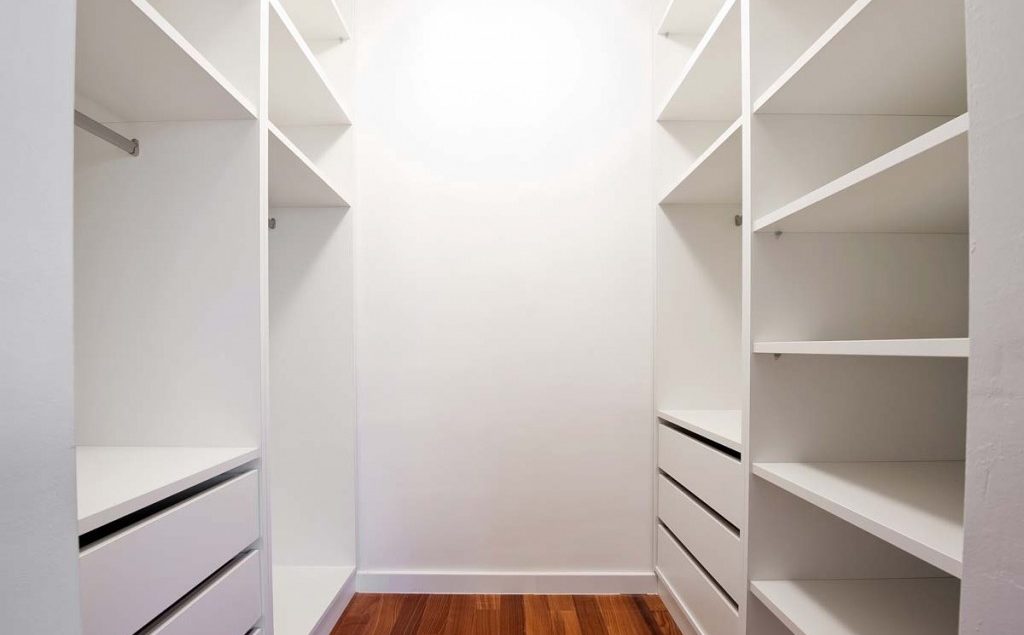DIY: Built-in wadrobe
No matter the size of your home, storage – or the lack of it, always seems to be an issue. While older properties are not without their charm, one thing they often are without is built-in wardrobes. You can always buy a free-standing wardrobe, clothes rack or cupboard, but they are often too small to store all of your clothes, don’t fit in with the decor, or take up too much valuable floor space.
Building your own built-in isn’t as tricky as it looks and there are tonnes of pre-fab or quick-to-assemble wardrobe kits out there. Check out Bunnings, Ikea and SmartPackKit for starters. If you decide to build yours from scratch, there are also plenty of DIY websites offering blueprints, detailed instructions and ‘dos and don’ts’. If you don’t know your nuts from your bolts, or are simply worried you’ll botch the job, beg help from a friend who is handy with tools, or enlist a professional.
Clean and cull
A new wardrobe is the perfect excuse to sort through your old clothes and work out what is worth storing and what is best consigned to the charity bin. That said, make sure you factor in space for new purchases as well. There is no point in building a new wardrobe only to find you have no space for next season’s must-haves.
Measure and mark
Measure and mark out the area you want your wardrobe to cover, ensuring things like doors, power points and windows are not obstructed or crowded and you can still move freely through the space around the marked-out area. If you want internal lighting, make sure you have access to power in the dedicated wardrobe space.
Bunnings has a great online tool that can help you plan the perfect wardrobe for your room. The Wardrobe Planner lets you create a 3D design of your dream wardrobe so you can picture the end product.
Fittings and fixtures
Now for the fun part: deciding what the inside of your wardrobe is going to look like! A common mistake is not getting the ratio of shelf/drawer to hanging space right. Not every item of clothing can be hung, or folded for that matter. Another mistake is wasting valuable space up top by not utilising it properly; a single shelf above your hanging space may seem fine in the plans, but if that one shelf is too high to reach and not divided into manageable portions, you will find it quickly becomes the black hole of apparel. Factor in items such as hats, belts and scarves too; there are lots of inventive ways to store or hang accessories so that you can easily see and access them all.
Finally, choose doors in a neutral colour and material that will adapt easily to any decorating changes you may make in the future.
Now that you have it all planned out, it’s time to bang together that built-in and banish your belongings behind closed doors.

